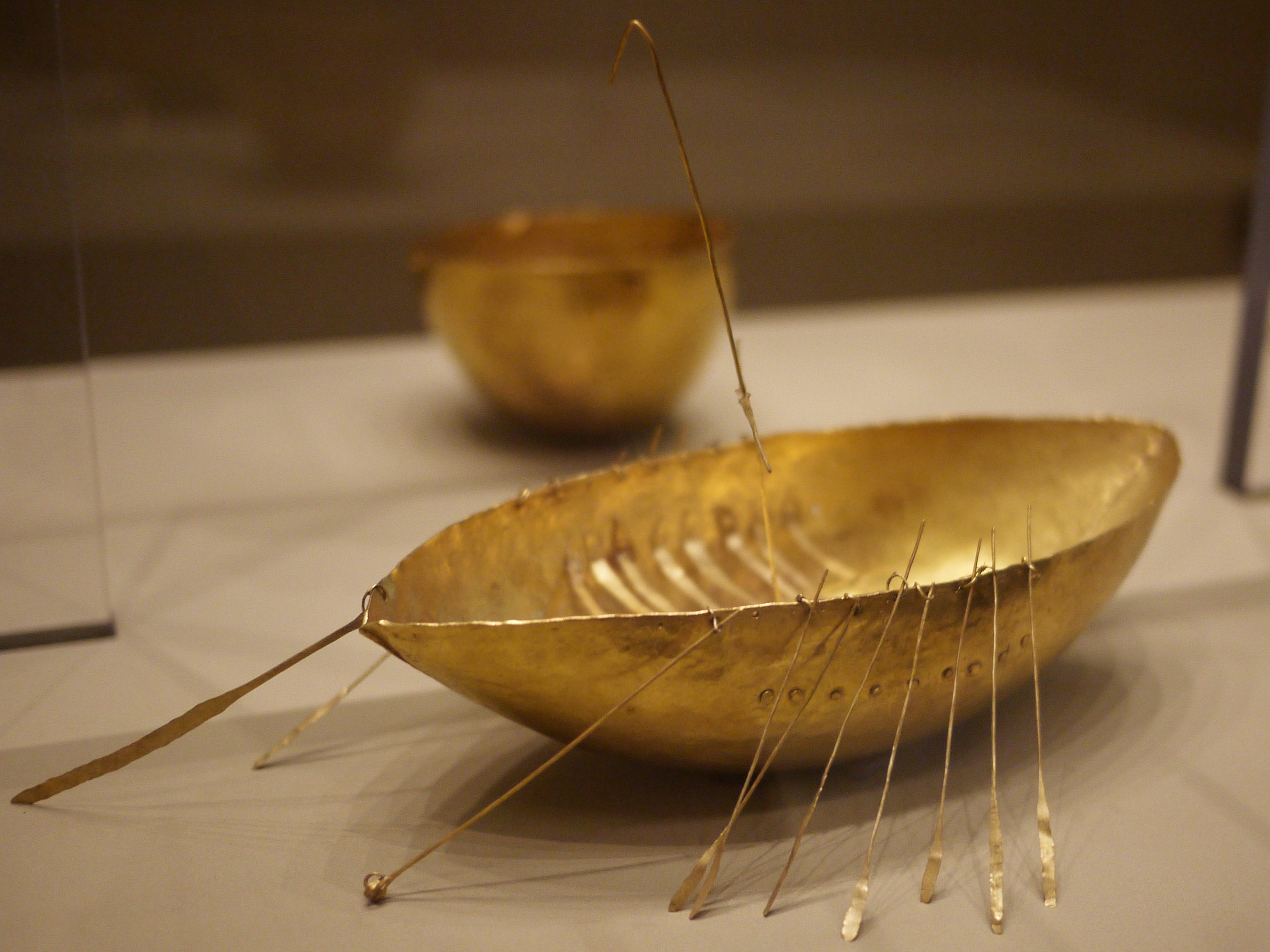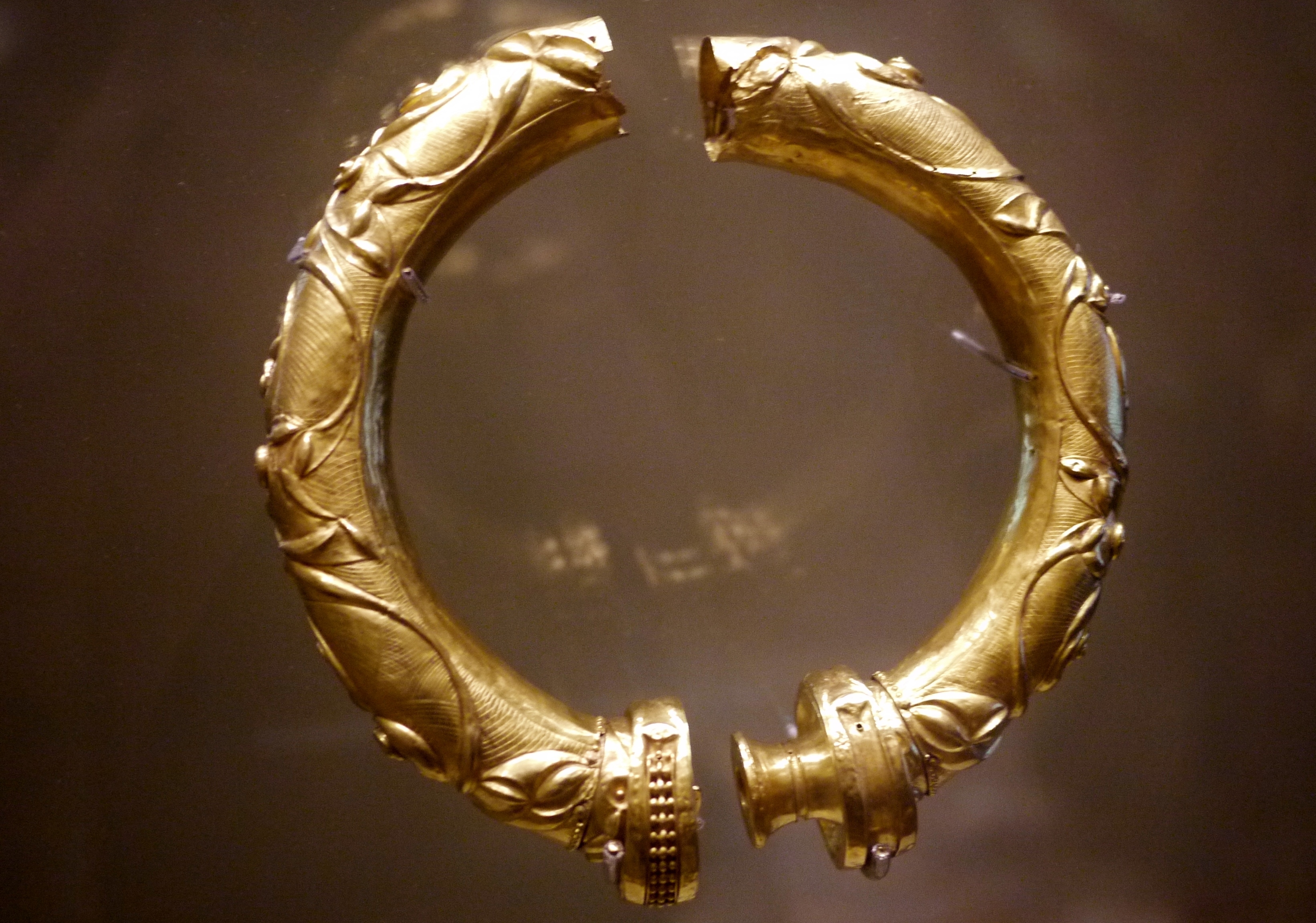It's still not known whether or not the statue had been there all along, or if the thieves had dumped it at a later date (it was found exactly one month after the theft, suggesting the latter), but after a thorough examination it was decided that the sculpture was too badly damaged to repair – the back of the head had been hacked off and attempts had been made to remove the limbs. It was eventually resolved – after much deliberation and tense waiting, and a huge public outcry – that a new statue would be commissioned to replace the original, with the costs to be covered by the local council.
Yesterday, the sculptor Darren Sutton uploaded five photos of the new statue, announcing that it's almost ready to take its rightful place, which is great news! The BBC have since reported that – as yet – it hasn't been decided when this will happen. The Derry Journal, meanwhile, have spoken with Darren Sutton, who's given his thoughts on the culprits:
Mr Sutton said they had a job on their hands when removing it, and he doesn’t believe the culprits did it as a prank.
“It took too much effort because you can see where they tried to saw it off at the beard, the neck and the arms,” said Mr. Sutton. “They obviously went to some effort, but they shot themselves in the foot. I don’t think they realised there would be such a backlash. Everybody was talking about it. They obviously didn’t think it through.”Which makes sense. The cross that was left behind could easily have been some kind of attempt at throwing people off the scent of the actual vandals, but the effort involved in both removing and then trying to destroy the statue suggests that this was no mere prank. This was serious business.
Considering this fact, when the local council commissioned the new statue it was announced that the replica would have some extra reinforcements built into it to help strengthen it and prevent a repeat of the theft. Given the reaction by even some of the councillors – a minority of whom were vehemently against replacing the statue at all because it was too "paganistic" and for their tastes – we can only hope these measures will be enough to protect it against the religious extremists who stole the first statue, once it takes its rightful place on the mountain. At the moment there don't seem to be any other preventative measures planned beyond hoping in common decency:
SDLP councillor Gerry Mullan said: "I'm very excited at the prospect of Manannán Mac Lir returning home.
"People from all over the world came to get photographs with it. Lets hope that happens again.
"I urge people to take care of him and we hope a similar act doesn't happen again.
"Santa may even stop by to see him."Ho ho ho. But yes, let's hope it doesn't happen again. Let's hope that the reaction and support the statue received from all over the world will help deter those thieves or anyone else from trying again.
And personally, I'm still praying for justice to be done. There are still questions that need answering here.



